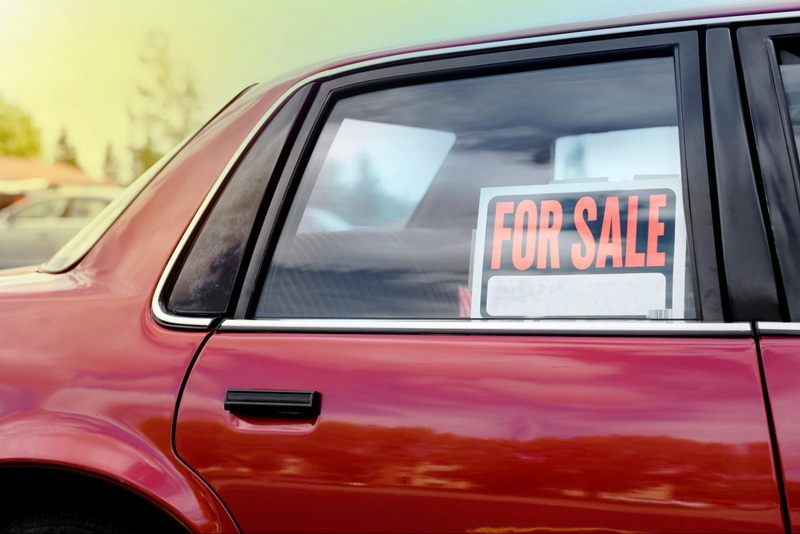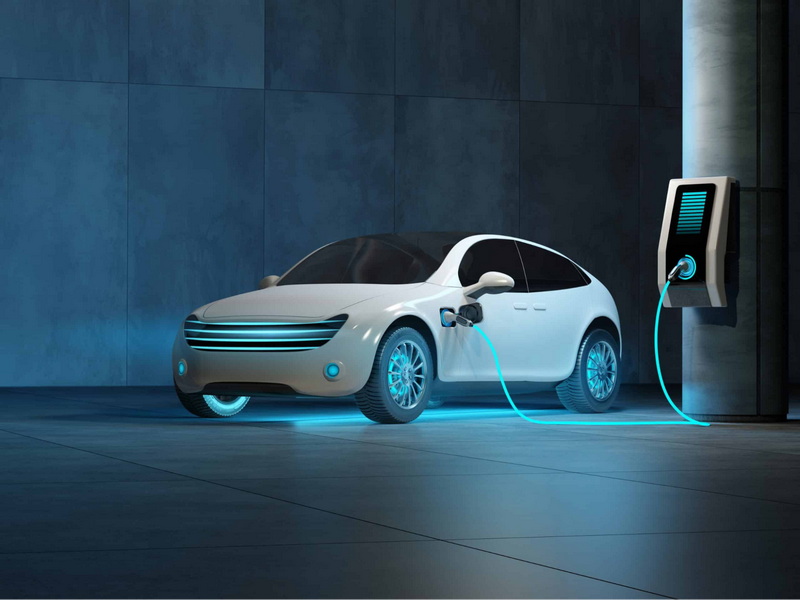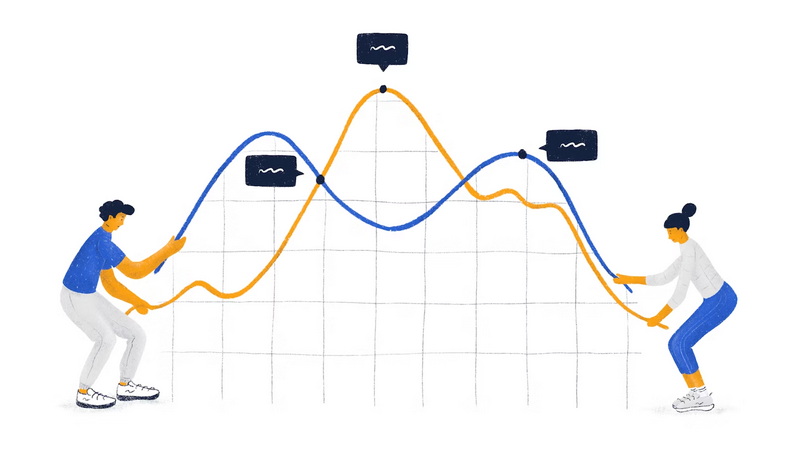The used car market is shifting fast—and 2025 is shaping up to be another pivotal year. Between rising vehicle costs, evolving buyer expectations, and rapid tech adoption, dealerships need to stay sharp to stay profitable.
Here’s a breakdown of the key trends we’re watching in the year ahead—and how your dealership can adapt and thrive.

1. Used Vehicle Demand Will Stay High
Even as supply chains stabilize, used cars continue to be the go-to option for many buyers. New vehicle prices remain elevated, pushing affordability-conscious shoppers toward the used market.
What it means for you: Secure quality inventory wherever possible, and get those vehicles frontline-ready ASAP. The faster you turn them, the more profit you retain.

2. Reconditioning Efficiency Is a Must-Have
Every day a vehicle sits in reconditioning is money lost. Margins are tight, competition is fierce, and speed matters more than ever.
The fix? Invest in reconditioning software like Cartuul. It streamlines the recon process, eliminates bottlenecks, and keeps your team (and vendors) accountable. That means faster turnarounds, lower holding costs, and more cars on the lot ready to sell.

3. CPO Programs Are Gaining Traction
Buyers are seeking reliability and peace of mind—and many are willing to pay a little more for a Certified Pre-Owned (CPO) vehicle with warranty coverage.
Your move:Implement or expand a CPO program that includes thorough inspections and clear documentation. It’s a great way to build trust and command higher resale prices.

4. EVs and Hybrids Are Hitting the Used Lot
With early adopters trading in their electric and hybrid vehicles, we’ll see a lot more of them hitting the used market.
The challenge: These vehicles come with unique reconditioning requirements—battery health checks, software updates, and EV-specific service. Make sure your techs are trained and your shop is ready.

5. Digital-First Experiences Will Dominate
Today’s buyers are doing their research online—comparing vehicles, exploring financing, and even booking test drives before ever visiting your showroom.
Make sure your inventory is ready for the digital spotlight. That means clean photos, detailed listings, and transparent info—especially about reconditioning and service history.
6. Affordability Will Shape Financing Conversations
Interest rates and inflation are putting pressure on monthly budgets. Expect more buyers to explore alternative financing—like BHPH programs, long-term loans, or leasing options.
Flexibility will be key. Offering a range of financing solutions can help you close more deals and widen your customer base.

7. Data-Driven Dealerships Will Lead the Pack
From tracking recon times to analyzing market trends, dealerships that lean into data will outperform those running on gut instinct alone.
Get smart with your numbers. Use software to track key metrics, make better purchasing decisions, and refine your pricing strategies.
The market’s changing—but the opportunity is still huge. The dealerships that adapt will be the ones that thrive.
